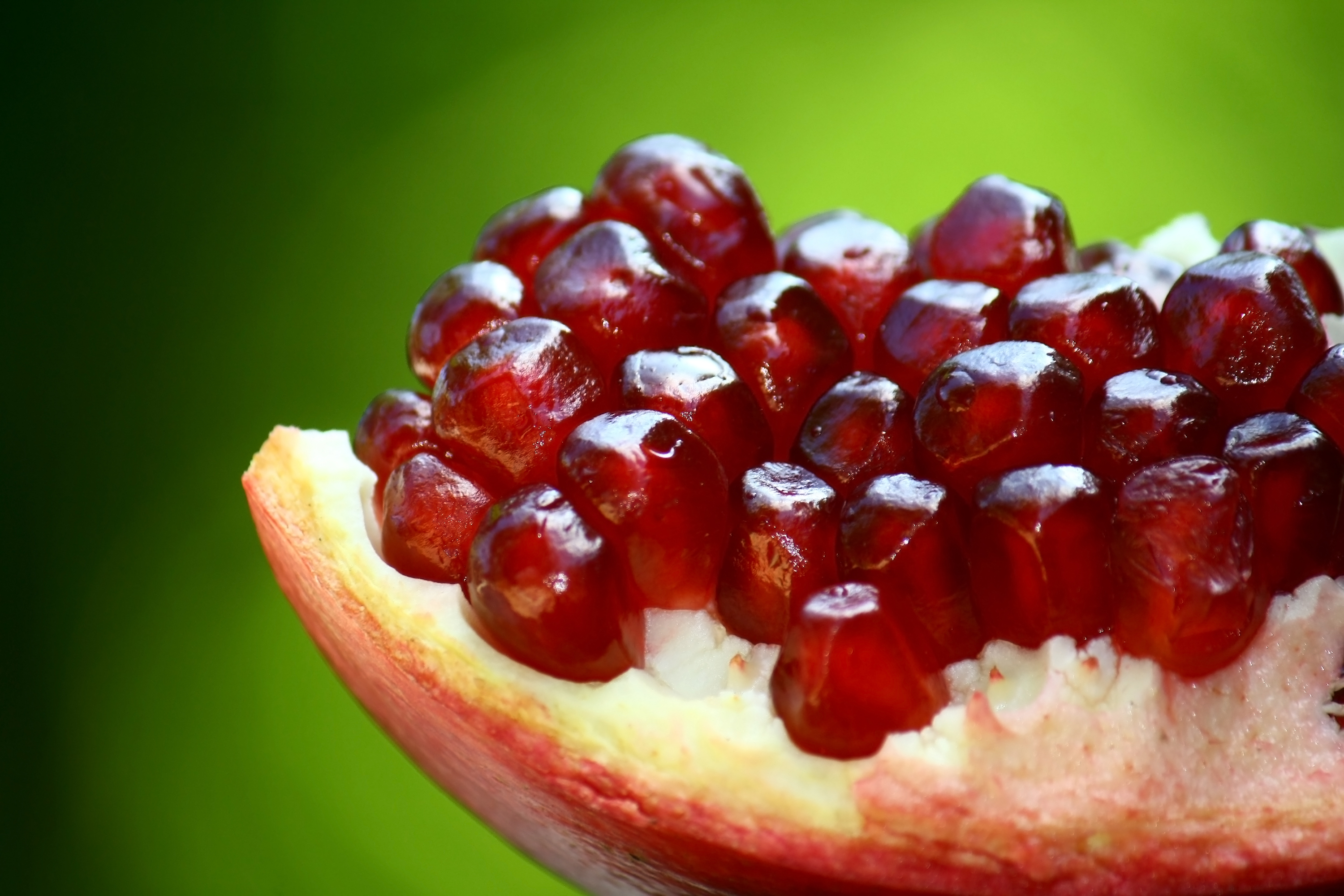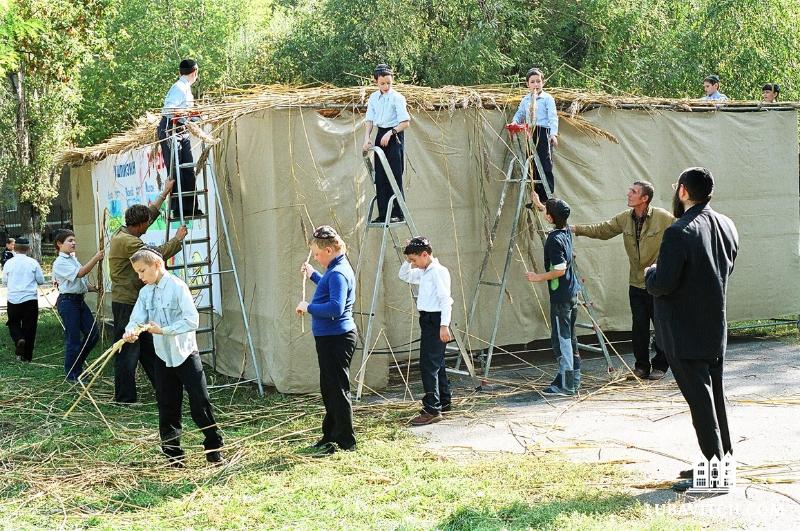Rosh Hashanah, Yom Kippur, Sukkot, Simchat Torah . . . the holidays in the Hebrew month of Tishrei are chock-full of traditions uniquely symbolic of our hopes and prayers for a year of forgiveness and sweet blessings. Here are some to consider:
Apples Dipped in Honey
They appear ubiquitously on Judaica, in preschooler’s songs, and on grocery shelves. Apples and honey—often of the locally-sourced and artisanal variety these days—are the ultimate Rosh Hashanah symbol. They reflect our wish for a sweet and healthy new year. The apple is sweet, the honey sweeter, a good year must be waiting in the vortex. But why were these two foods chosen?
Reasons abound, beyond their simple sweetness. In King Solomon’s Song of Songs, the Jewish people are lovingly compared to apples. “As the apple is rare and unique among the trees of the forest, so is my beloved—Israel—amongst the maidens (nations) of the world.” The Land of Israel is called, “the land of milk and honey,” although, technically, that honey derived from dates. The challah is also dipped in honey throughout the month. In some Sephardic communities, sugar is used instead of honey.
Simanim (symbols)
Seders are for Passover, right? Well, not exclusively.
Taking it a step beyond the apple and honey, Sephardic communities have the custom to herald the New Year with a table laden with symbolic foods. The ritual centers on produce with names that represent blessings. For example, beets are served, since the Hebrew word for beet, selek, is also Hebrew for “chase away,” and on Rosh Hashanah we pray that all evil wishes be kept far . . . away from us!

Ashkenazic communities join in the symbolism by placing a ram’s head or fish’s head on the table indicating that we wish to be at the head of life, not at the tail. A pomegranate is eaten so that our merits multiply as numerous as the seeds of the luscious fruit.
Tashlich
It’s been a long day praying. Time for a walk to the lake. Traditionally, Jews visit a body of water (containing fish) on the first afternoon of Rosh Hashanah. Not to fish, but to cast away our sins and take inspiration from the bounty beneath the water. A lake, river, or ocean all qualify, but if there are none nearby, use your fish tank!

If not possible on Rosh Hashanah itself, the custom can be performed throughout the Ten Days of Repentance—the days between Rosh Hashanah and Yom Kippur.
Kapparot
A gever for a gever, anyone?

In Talmudic Hebrew, a rooster is called gever. Man is called a gever in Biblical Hebrew. Some say this is the reason that a chicken (a rooster for men, a hen for women) is used in the age-old practice of Kapparot, which literally means “atonement.” How to? In the days before Yom Kippur, swing the fowl around your head three times, and recite the liturgy for the practice. The chicken is then ritually slaughtered and donated to feed the hungry.
Prefer to chicken out of this one? Use money instead. Then donate it to a good cause!
Lekach
How about some cake before the fast?

It is a longstanding custom to ask another person for a piece of lekach, honey cake, before Yom Kippur. The idea? If it was preordained that we must “beg,” then, best to be done with that by begging for some honey cake. And who doesn’t want a piece of honey cake?
Sukkah Building

Hope you’re not feeling tired yet. After the conclusion of the twenty-five-hour Yom Kippur fast, we wish each other, “Good Yom Tov”—and then we get to work! It is customary to begin the building of the sukkah (the temporary hut used during Sukkot) following the conclusion (and break fast) of Yom Kippur. If building isn’t your thing right now, making plans for the construction also counts as a mitzvah!
Sukkah
Taking our meals in a sukkah this time of year reminds us, according to one Talmudic sage, of the Divine protection we enjoyed in our flimsy desert abodes after fleeing Egypt. There are many halachic parameters regarding the sukkah’s construction—including size and location.
To decorate or not to decorate? Many have the custom to adorn their sukkahs with fresh produce and vines, beautiful tapestries, and/or pictures of holy places and people. Chabad’s custom is to keep it simple, covering the sukkah only with layers and layers of boughs.

Customs differ in its use as well. Some people live in the sukkah for the duration of the holiday—sleeping under its bamboo or leafy schach roof. Chabad’s custom is not to sleep in the sukkah, but over the course of the eight day festival, to enjoy meals and drinks—all of them—only inside the sukkah. Even in a downpour. L’Chaim!

Be the first to write a comment.